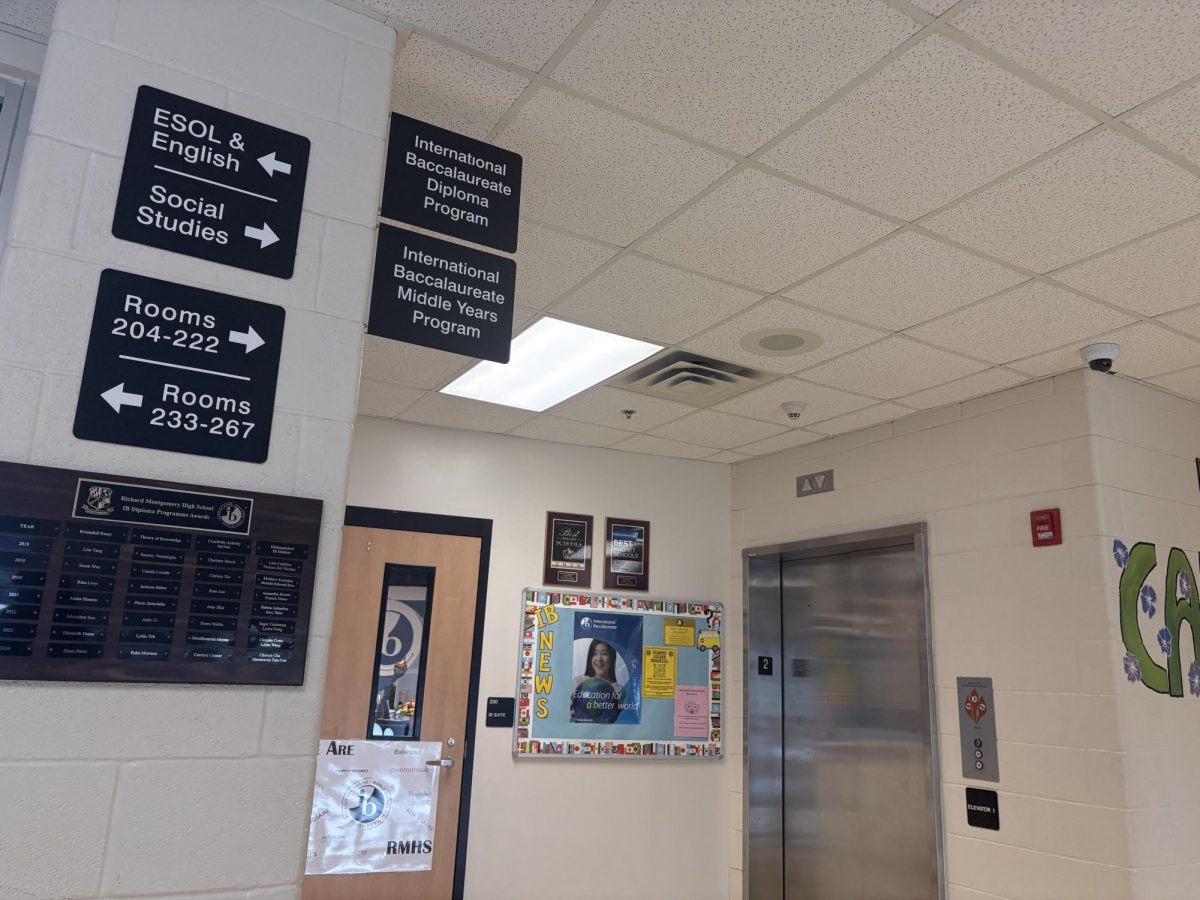Affirmative action discussions often become sour; race is, inherently, a highly personal and contentious subject. However, this issue must be addressed, especially in light of the rising debate of affirmative action in MCPS magnet programs. On its face, affirmative action has some benefits, but we should promote diversity through other methods.
Affirmative action is the policy of favoring disadvantaged minorities, generally implemented in schools or the workplace. Its purpose is to increase diversity and counter the discrimination and disadvantages faced by minority students. Junior Rosie Silvers asserted, “Diversity makes education better. It helps us be more educated and have more experiences.” Sophomore Isaac Applebaum added, “Many people lack the opportunities and the educational springboard to success, and our country needs to have productive citizens.”
The magnet programs in Montgomery County, which extend from elementary to high school, are recognized as highly competitive and provide an accelerated learning experience to accepted students. The admissions process varies from school to school but follows a holistic approach which includes testing, recommendations, and other supplements.
Several ambiguous Supreme Court and lower court decisions have resulted in a murky line between which affirmative action policies are and are not permissible. The precedent set by a Maryland Circuit Court case, Eisenberg v. Montgomery County Public Schools, establishes that race cannot be a factor for magnet school admissions. Sophomore Cole Keimig encapsulates the essence of the affirmative action debate, stating, “It’s a good idea in the sense of diversity and representing all races and such, but it can also be unfair to some groups of people.”
If the Eisenberg ruling were to be struck down, Montgomery County’s prestigious programs would be considerably restricted by affirmative action. One of the major shortcomings of the policy is that a meritocracy may be, at least partially, overridden by the promotion of diversity. These students who are admitted on the basis of race may not be prepared for the rigorous academic challenges the programs bring.
The fundamental difference between MCPS magnet programs and university admissions is in the scope of applicants. While it would not be pragmatic for colleges to accept, say, a few students per locale, it is much easier for Montgomery County to account for traditionally underrepresented schools. The magnet schools in Montgomery County can realistically achieve a greater degree of racial balancing without relying on affirmative action through promoting the programs with underprivileged students.
Senior David Edimo said, “One of the major shortcomings of our magnet programs in Montgomery County is the lack of diversity, and I think that it’s incumbent on the school system to pursue ways of broadening the applicant pool by reaching out to underrepresented middle schools and elementary schools.” Outreach to these predominantly minority schools would be accomplished by encouraging these students to apply or informing more parents about the program’s benefits.
Junior Maria Vicente argued, “I think that affirmative action is important because a lot of people don’t realize that people grow up in situations that are a lot harder than other people. It’s important to have diversity and it’s important to help people who don’t have as many resources as you do.” In that sense, admission policies may be better off addressing the heart of racial disparities: socioeconomic status.
Instituting a race-based admission policy would be turning a blind eye to wealth, the most significant basis for privilege and inequality. Wealthy students with the funds to pay for extracurriculars and supplemental classes typically perform better than poor students who are not afforded those same opportunities. Perhaps students who qualify for free and reduced meals (FARM), which is based on household income, should be assessed with consideration to their economic situations.
Accounting for privilege in the admission process would implicitly increase the number of minority students in magnet programs, without directly looking at race. According to the Census Bureau and the Kaiser Family Foundation, 17% of African-Americans and 12.7% of Hispanics in Maryland are below the poverty line. In comparison, only 7.4% of Asians and 6% of whites in Maryland live in poverty.
If these alternative admission policies are implemented, they should especially target elementary schools. Applebaum stated, “I would say that the way to bridge the achievement gap has to start from the bottom, like early childhood and elementary school education.” By bolstering these opportunities for young students, the achievement gap will be combatted effectively before it is too late to level the playing field.
Diversity is integral to maintaining a cohesive and stimulating learning environment, but affirmative action based on race is not the best means to achieve it. Viable alternatives include the consideration of socioeconomic status or outreach to underrepresented schools. Ultimately, Montgomery County’s magnet program admissions have to balance aptitude with an equitable assignment of opportunity to foster high-potential students and leaders.















